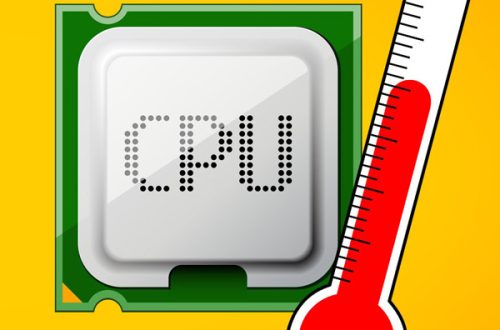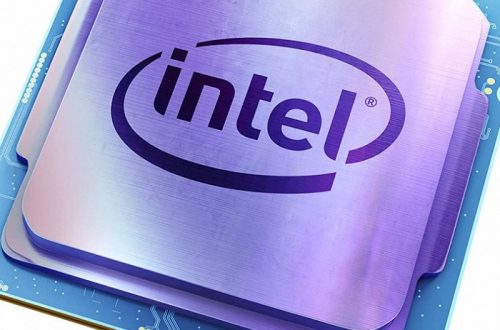Part 1: Introduction to Wireless Printing from a MacBook
Connecting your MacBook to a printer wirelessly offers convenience and flexibility in printing tasks. With a wireless setup, you can print from anywhere within your network range without the hassle of cables. In this article, we will guide you through an easy setup process. Here are two important points to consider before proceeding:

Point 1: Printer Compatibility
Before attempting to connect your MacBook to a wireless printer, it is important to verify that your printer supports wireless connectivity. While many modern printers come with built-in Wi-Fi capabilities, not all models do. To confirm whether your printer can connect wirelessly, refer to the manufacturer’s specifications or documentation.
If your printer lacks Wi-Fi functionality, you might need to consider investing in additional hardware, such as a wireless print server. A wireless print server acts as a bridge between your printer and Wi-Fi network, enabling wireless printing capabilities. This device connects to your printer via USB or Ethernet and allows it to communicate with your MacBook over Wi-Fi.
By ensuring that your printer is compatible with wireless printing, you can avoid any frustration or setbacks during the setup process. It’s always best to check the specifications or consult the manufacturer to determine the suitable options available for enabling wireless connectivity on your printer.
Point 2: Network Requirements
To connect your MacBook to a wireless printer, you need to have a Wi-Fi network in place. Make sure your MacBook and the printer are connected to the same network for seamless communication. If you don’t have a Wi-Fi network, consider setting one up before proceeding with the wireless printing setup.
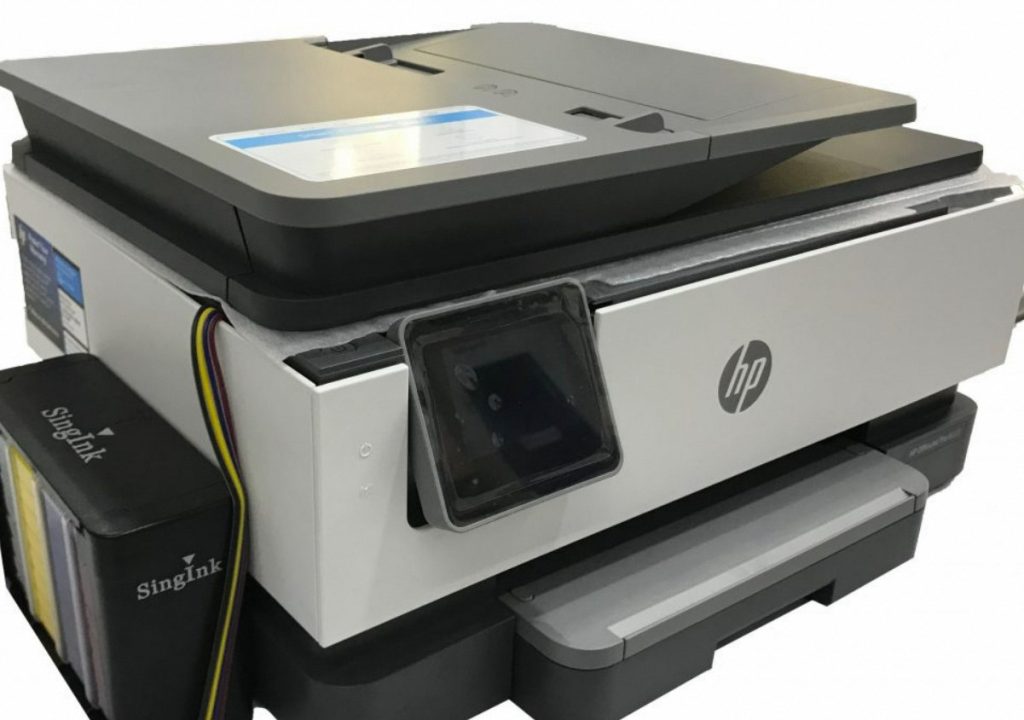
Part 2: Step-by-Step Guide to Connect MacBook to a Wireless Printer
Now let’s dive into the step-by-step process of connecting your MacBook to a wireless printer:
Point 1: Check Printer Network Settings
Before connecting your MacBook to a wireless printer, make sure the printer is powered on and connected to the same Wi-Fi network as your MacBook. Access the printer’s settings or menu to verify the network connection. Look for any indicators or status information that indicate a successful connection to the Wi-Fi network.
Take note of the network name (SSID) and password, if applicable, as you will need this information during the setup process. The network name is the name of your Wi-Fi network, and the password is the security key or passphrase required to access the network.
If you are unsure about the network name or password, check the router’s settings or contact your network administrator for assistance. Having the correct network credentials ensures a smooth and secure connection between your MacBook and the wireless printer.
By confirming the printer’s network connection and noting down the necessary network details, you can proceed confidently with the setup process, knowing that your printer and MacBook are connected within the same network.
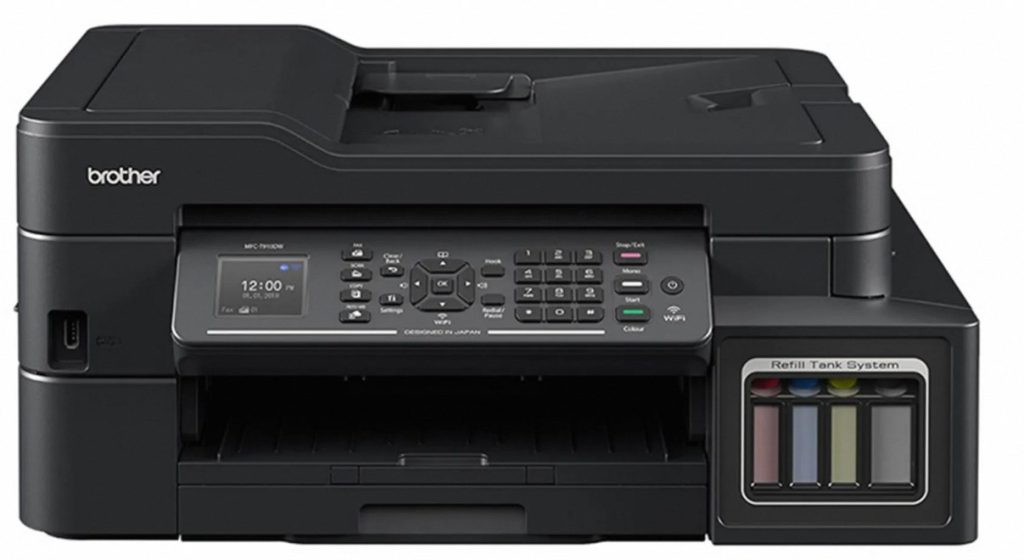
Point 2: Add Printer in macOS
On your MacBook, click on the Apple menu and select “System Preferences.” In the System Preferences window, choose “Printers & Scanners.” Click on the “+” button to add a printer. Your MacBook will search for available printers. Select your wireless printer from the list and click “Add.”
Part 3: Troubleshooting Tips for Wireless Printer Setup
Sometimes, the wireless printer setup process may encounter issues. Here are two troubleshooting points to help you overcome common problems:
Point 1: Ensure Network Connectivity
If your MacBook is unable to detect your wireless printer, there are a few troubleshooting steps you can take. First, check the network connectivity of both your MacBook and the printer. Ensure that both devices are connected to the same Wi-Fi network. If they are connected to different networks, they won’t be able to communicate with each other.
Additionally, check the strength of the network signal. Weak network signals can cause connectivity issues between devices. If the signal is weak, try moving your MacBook and printer closer to the Wi-Fi router or consider using a Wi-Fi range extender to boost the signal strength.
If checking the network connectivity and signal strength doesn’t resolve the issue, try restarting both the Wi-Fi router and the printer. Sometimes, temporary glitches can be resolved by power cycling these devices. Turn them off, wait for a few seconds, and then turn them back on.
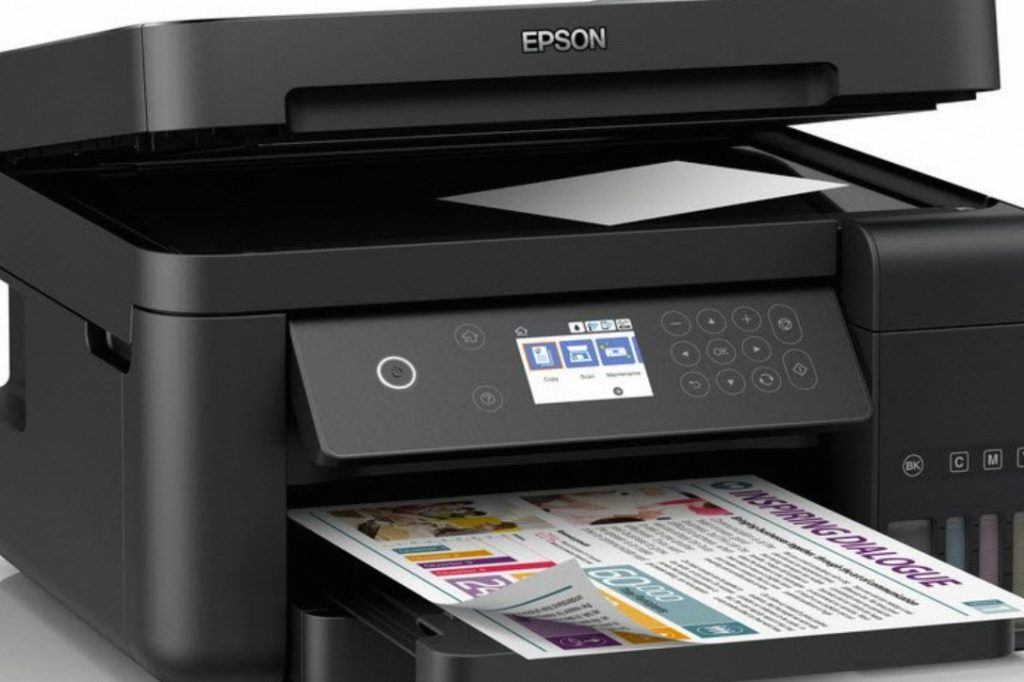
By ensuring the devices are on the same network, optimizing the network signal, and restarting the router and printer, you can troubleshoot and resolve temporary connectivity issues between your MacBook and the wireless printer.
Point 2: Update Printer Drivers
If your MacBook added the wireless printer successfully but encounters printing errors, it’s possible that outdated or incompatible printer drivers are causing the problem. Visit the printer manufacturer’s website and download the latest drivers specifically designed for macOS. Install the updated drivers on your MacBook to ensure compatibility and optimal performance.
Part 4: Advanced Wireless Printing Options for MacBook
Once your MacBook is connected wirelessly to the printer, you can explore additional features and options to enhance your printing experience. Here are two advanced wireless printing options worth considering:
Point 1: Mobile Printing
One of the advantages of setting up a wireless printer is the ability to enjoy mobile printing. To enable mobile printing, you can install the printer’s corresponding app on your MacBook and mobile devices. This app facilitates direct printing from your iPhone or iPad, even if you are not in proximity to your MacBook.

By installing the printer’s app on your MacBook, you can easily send print jobs from your MacBook to the wireless printer without the need for cables or direct connections. This allows for convenient printing from your MacBook to the wireless printer within your network range.
Furthermore, installing the printer’s app on your mobile devices, such as your iPhone or iPad, empowers you to print directly from your mobile devices. Whether you are at home or on the go, you can effortlessly print photos, documents, or emails from your mobile devices to the wireless printer.
The mobile printing feature offers flexibility and convenience, allowing you to print from multiple devices and eliminating the need to transfer files to your MacBook for printing. Explore the printer’s corresponding app to unleash the full potential of mobile printing with your wireless printer.
Point 2: Print Sharing
If you have multiple MacBooks or devices connected to the same Wi-Fi network, you can enable print sharing. In the Printers & Scanners preferences on your MacBook, enable printer sharing to allow other devices in your network to discover and use the wireless printer.
In conclusion, setting up wireless printing from your MacBook is a straightforward process. By ensuring printer compatibility, having a Wi-Fi network in place, and following the step-by-step guide, you can easily connect your MacBook to a wireless printer. If encountered, troubleshooting tips such as checking network connectivity and updating printer drivers can help resolve any issues. Lastly, exploring advanced options like mobile printing and print sharing can further enhance your wireless printing experience. Enjoy the convenience and flexibility of wirelessly printing from your MacBook!
